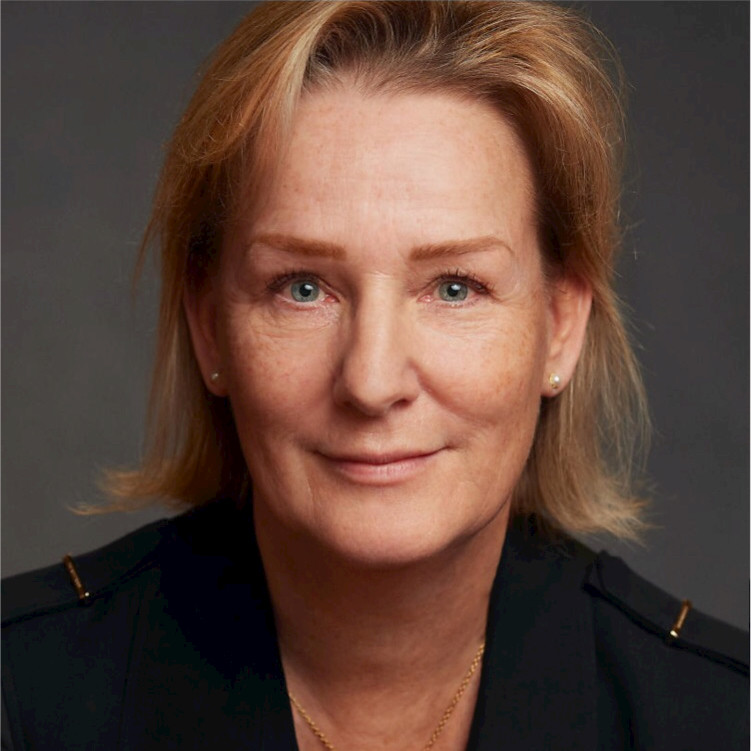Beyond the Box: A Culture and Intelligence That Defy Measurement
Society has long categorised intelligence into neatly defined boxes—IQ tests, academic achievements, standardised cognitive assessments. These systems measure what they are designed to recognise: linear reasoning, structured problem-solving, and conventional knowledge retention. Yet, beyond these rigid parameters exists an intelligence that remains largely invisible to traditional systems of measurement—one that emerges from the unique cognitive experiences of neurominorities.
This intelligence forms what can be described as the Third Culture, a space where neurominority individuals exist neither fully inside mainstream societal structures nor entirely outside of them. It is an in-between world, shaped by a different way of thinking, experiencing, and interpreting reality—an intelligence that is adaptive, intuitive, and nonlinear.
This intelligence is not new. It has always existed in the shadows of traditional knowledge, influencing art, science, and philosophy in ways that history has often overlooked. It is the intelligence of the **Third Mind**—a way of perceiving and processing the world that is neither neurotypical nor fully detached from conventional thought, but rather something else entirely.
The Third Culture: Living Between Worlds
For those who live within the Third Culture, existence itself is an ongoing act of translation. Neurominorities often grow up learning two languages—the structured, rule-bound ways of mainstream society and the intuitive, fluid cognition of their own inner world. They move between these realms, constantly adjusting, adapting, and decoding both their own thoughts and the expectations of the society around them.
This cultural duality—one foot inside the system and one foot outside—creates a cognitive experience that is deeply dynamic. It is a world of pattern recognition beyond what is explicitly taught, of instinctive problem-solving that often operates at a subconscious level, and of seeing connections where others see only fragments.
But mainstream culture does not have the language to define this intelligence. Standardised education does not reward it. Workplace structures do not accommodate it.
Science has yet to measure it. It is a form of intelligence that exists in a realm that cannot be tested by the tools of the traditional world—because those tools were never designed to measure it in the first place.
The Third Mind: Intelligence Beyond Measurement
The Third Mind is not one singular type of intelligence but a convergence of multiple ways of thinking that challenge conventional cognitive models. It is the intelligence that arises when neurominority cognition interacts with systems in ways that defy expectations.
1. Pattern Intelligence
Whereas conventional intelligence models reward structured analysis, the Third Mind sees patterns holistically. Autistic thinkers, for example, may identify intricate structures within chaotic information, seeing meaning where others see randomness.
2. Associative Intelligence
ADHD and other hyper-associative thinkers process information not in linear steps but in interconnected webs of thought. This intelligence is fluid, capable of rapid synthesis across unrelated domains, leading to innovation and creative problem-solving that is often dismissed by traditional academic structures.
3. Intuitive Intelligence
Dyslexic and other nonlinear thinkers often perceive systems in ways that are deeply intuitive, allowing them to reconstruct problems from an entirely different perspective. This is not randomness—it is an evolved ability to see the whole before the parts, often producing unexpected yet highly effective solutions.
4. Adaptive Intelligence
For those who have had to navigate a world that was never designed for them, intelligence is survival. The ability to read social dynamics, to anticipate unseen challenges, to construct unique coping strategies—these are forms of intelligence that are invisible to conventional measurement but vital to existence.
The Limits of Measurement: Why the Third Mind Remains Undetected
The reason the Third Mind remains largely unrecognized is simple: it does not fit into the frameworks society uses to define intelligence.
1. Linear Metrics Cannot Capture Nonlinear Thought: Traditional intelligence tests are built for step-by-step reasoning, failing to measure those who process information in multidimensional ways.
2. The Educational System Rewards Compliance, Not Divergence: Neurominorities often struggle in rigid educational environments, not because they lack intelligence, but because the system was built to measure only a narrow band of cognitive abilities.
3. Workplaces Value Predictability Over Innovation: The economy rewards efficiency and conformity, meaning that unconventional thinkers—despite their ability to solve problems others cannot—are often excluded from key positions of influence.
4. Scientific Measurement Tools Are Outdated: The ways we test intelligence were created long before neuroscience fully understood cognitive diversity. They are relics of an outdated model.
The Future of Intelligence: A New Framework
If society is to advance, it must recognise that the Third Culture, Third Intelligence and the Third Mind are not anomalies—they are untapped reservoirs of intelligence that could redefine problem-solving, defense intelligence, creativity, and innovation.
This means moving beyond outdated measurements and acknowledging that intelligence is not a single trait but a dynamic, ever-adaptive force. It requires new tools, new frameworks, and a new openness to the possibility that the minds we have excluded may be the ones we need the most.
The Third Culture has always existed. The question is whether society is finally ready to see it.

By Prof. Charlotte Valeur, Chair and Founder of the Institute of Neurodiversity.

